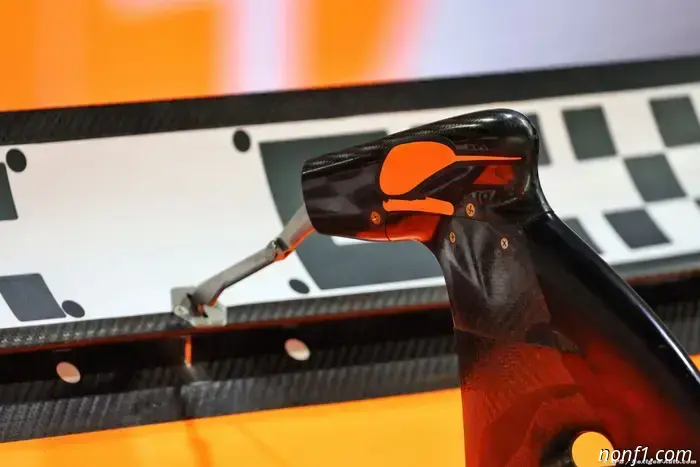
DRS loses its effectiveness as cars become increasingly efficient.
"Cars have become progressively more efficient."
26 September 2025 - 16:27
Formula 1 drivers are growing increasingly frustrated as overtaking has become more challenging again, and engineers have acknowledged that the once-effective DRS (Drag Reduction System) is now diminishing in its impact. At Baku, which features a 2.2-kilometre stretch for high-speed driving, only 24 overtakes occurred over the course of 51 laps, with seven of those happening during the restart. After that, the race experienced little movement, even the faster McLarens and Ferraris struggled to navigate through the field.
The ground-effect regulations implemented in 2022 were intended to facilitate closer following, and they initially succeeded in doing so. However, according to Mercedes engineer Andrew Shovlin, subsequent developments have altered the dynamics. "Cars have become increasingly efficient," he stated. "As a result, the car ahead no longer creates as significant a void in the air for the trailing car. The slipstream effect is diminishing."
This trend also negatively impacts DRS. With more downforce being generated from the car's floor, the size of rear wings has decreased. What used to be known as 'Monaco wings' are now seldom seen even at circuits designed for high downforce.
Smaller wings result in reduced drag during normal operations, leading to less drag available to be eliminated when DRS is activated. "In Monza, the DRS had virtually no impact at all, as the wing already provides minimal drag in the upright position," Shovlin acknowledged. "There's nothing the DRS can counteract."


Other articles
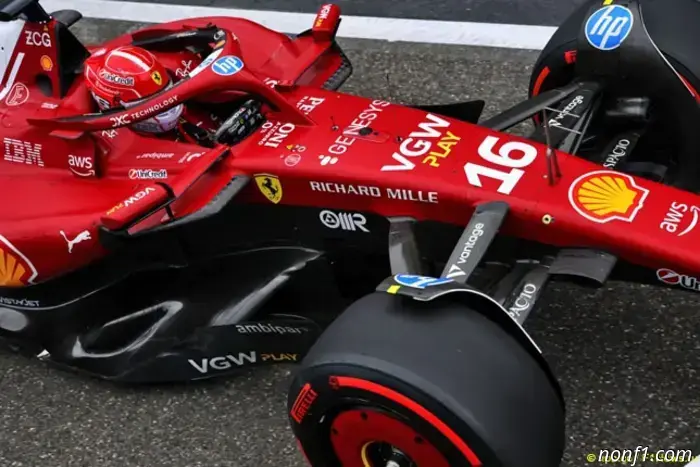 Charles Leclerc against a reverse starting grid
Charles Leclerc is not enthusiastic about the Formula 1 leadership's plans to increase the number of sprint events in the medium term.
Charles Leclerc against a reverse starting grid
Charles Leclerc is not enthusiastic about the Formula 1 leadership's plans to increase the number of sprint events in the medium term.
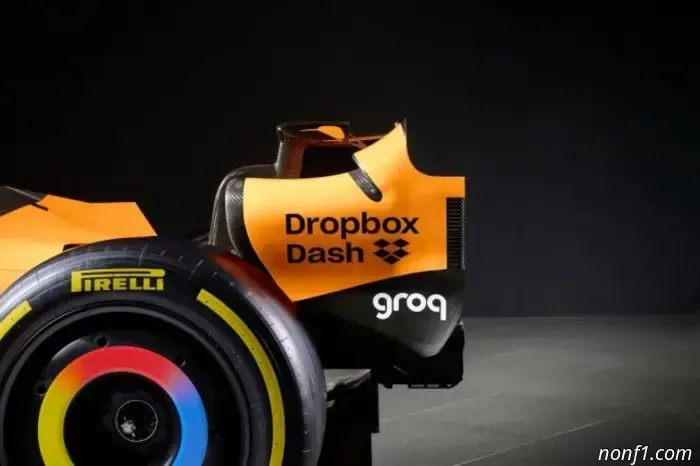 Groq becomes a partner of McLaren Racing.
American company Groq, which specializes in artificial intelligence technologies, has become the new official partner of McLaren Racing...
Groq becomes a partner of McLaren Racing.
American company Groq, which specializes in artificial intelligence technologies, has become the new official partner of McLaren Racing...
 Vowles proposes shortening the race weekend to two days.
James Vowles proposes rethinking the race weekend format, shortening it to two days. The Williams team principal believes such a decision would make on-track action more unpredictable.
Vowles proposes shortening the race weekend to two days.
James Vowles proposes rethinking the race weekend format, shortening it to two days. The Williams team principal believes such a decision would make on-track action more unpredictable.
 Hamilton addressed fans in a difficult moment.
Lewis Hamilton is currently going through a difficult period not only because his results on the race tracks leave much to be desired...
Hamilton addressed fans in a difficult moment.
Lewis Hamilton is currently going through a difficult period not only because his results on the race tracks leave much to be desired...
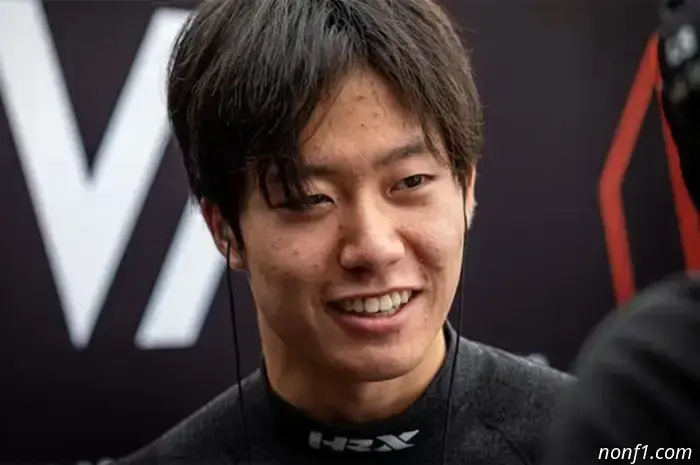 Hiyu Yamakoshi debuts in Formula 3.
The Van Amersfoort Racing Formula 3 team announced the name of the second driver who will race for it in 2026. Jesse Carraskedo's teammate will be 18‑year‑old Hiyu Yamakoshi.
Hiyu Yamakoshi debuts in Formula 3.
The Van Amersfoort Racing Formula 3 team announced the name of the second driver who will race for it in 2026. Jesse Carraskedo's teammate will be 18‑year‑old Hiyu Yamakoshi.
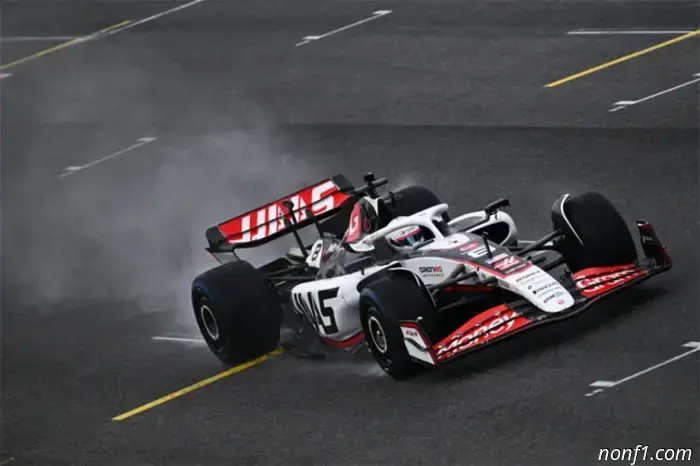 Video: Romain Grosjean returned behind the wheel for Haas
Romain Grosjean returned behind the wheel of the Haas during tests at Mugello. For the driver, it is his first experience piloting a Formula 1 car since the crash at the 2020 Bahrain Grand Prix.
Video: Romain Grosjean returned behind the wheel for Haas
Romain Grosjean returned behind the wheel of the Haas during tests at Mugello. For the driver, it is his first experience piloting a Formula 1 car since the crash at the 2020 Bahrain Grand Prix.
DRS loses its effectiveness as cars become increasingly efficient.
Formula 1 | Drivers in Formula 1 are growing more frustrated as overtaking has become more difficult once again - and engineers acknowledge that the previously effective DRS tool is now (…)
